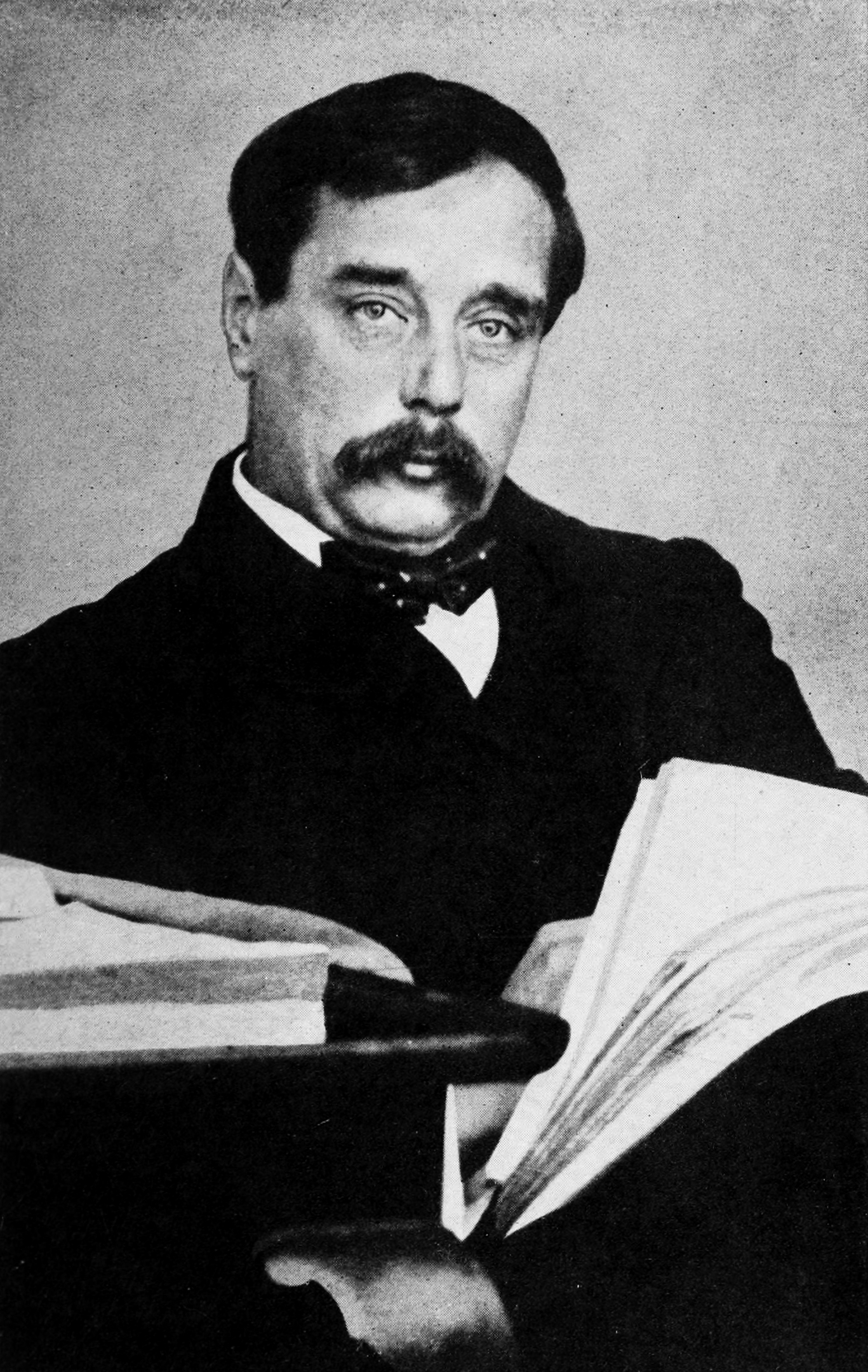“The Remarkable Case of Davidson’s Eyes” is a short story by the English auhor H. G. Wells (1866–1946) first published in The Pall Mall BudgetWeekly magazine published in London from 1868 until 1920. on 28 March 1895 and reprinted in The Plattner Story and OthersCollection of 17 short stories by H. G. Wells, first published in 1897. (1897), Thirty Strange StoriesCollection of 30 short stories by H. G. Wells, first published in 1897. (1897) and The Country of the Blind and Other StoriesCollection of 33 short stories by H. G. Wells, first published in 1911. (1911).[1] Told as a third-person narrative by a colleague, it concerns a researcher who becomes temporarily blind to the world around him after stooping between the poles of a large electromagnet, seeing only an island beach, which later proves to actually exist on the other side of the world.
Synopsis
The story begins with Bellows recounting events that happened at the Harlow Technical College three or four years previously. One stormy night Bellows is writing up some notes in a small room next to the laboratory when he hears something smash nearby. Upon investigating he finds Davidson standing unsteadily, as if drunk, in the middle of the laboratory.

Wikimedia Commons
Thinking that Davidson must have been struck suddenly blind, Bellows lays his hand on Davidson’s arm, which startles him to the point of terror. But recognising Bellows’ voice Davidson asks where he is, and is told he is in the laboratory, to which he replies “I was in the laboratory – till that flash came, but I’m hanged if I’m there now. What ship is that?” Davidson concludes that the building must have been struck by lightning, and that he and Bellows are dead. He goes on to say that he must be deaf, as he has seen the ship fire its gun, but heard no sound. Professor Boyce and the Dean are alerted, and ask Davidson what he can see. “Nothing but a lot of sand and broken-up shells” is the reply, but when he closes his eyes he is perfectly well aware of where he really is.
Davidson remains in that state for three weeks, but then gradually, through a patch in his vision, he sees the world around him once again, and slowly the phantom world of the island grows fainter and more translucent. And soon after his marriage to Bellows’ sister the visions completely disappear.
About two years later Bellows is attending a dinner party at the Davidsons’ house. Also present is Atkins, a lieutenant in the Royal Navy, who is engaged to a cousin of Davidson’s. Atkins takes out a photograph of his fiancé to show everyone, and another of his vessel, HMS Fulmar. Davidson immediately recognises the ship as the one he saw in his vision, but Atkins says that is impossible, as it has been in the South Seas for the past six years. But when Davidson describes the events he witnessed on the island, Atkins corroborates every detail of his ship’s visit to a little rock south of Antipodes Island[a]A small island south of New Zealand, so called because it is directly opposite Britain on the globe.[2] to collect penguins’ eggs. Bellows concludes that:
The story concludes with some speculation about a fourth dimension and a “kink in space”, which seems like “mere nonsense” to Bellows.
Commentary
The concept of a fourth dimension was popularised by the mathematician and writer Charles Howard Hinton in his 1880 essay “What is the Fourth Dimension?” Today the fourth dimension is commonly regarded as time, as in Albert Einstein’s idea of spacetime, but here in “The Remarkable Case of Davidson’s Eyes”, and in the somewhat similar “The Plattner StoryShort story by H. G. Wells published in 1896, about a chemistry teacher who causes an explosion that propels him into another world.” (1896), it is is treated as an additional spatial dimension.[3]
See also
- H. G. Wells bibliographyList of publications written by H. G. Wells during the more than fifty years of his literary career.
Notes
| a | A small island south of New Zealand, so called because it is directly opposite Britain on the globe.[2] |
|---|
References
Bibliography
External links
- Full text of “The Remarkable Case of Davidson’s Eyes” at Project Gutenberg
